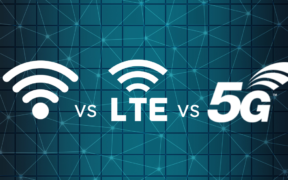Category: Enterprises

Private networks are part of critical infrastructure improvements in manufacturing. Private 4G/5G networks provide reliable connectivity to overcome coverage challenges in manufacturing facilities, like construction that often includes metal, concrete, screening, and pipework. Private networks for manufacturing provide secure and reliable communication between machines, allowing for automation and efficient data transfer. By using private networks in manufacturing operations, […]

As every network designer knows, there are basic similarities across Wi-Fi, 4G/LTE, and 5G private wireless networks. These similarities are often at the root of the assumption that the process of designing each of these networks is the same. But while the network design principles may be similar, there are some key differences for designing […]

While enterprises have predominantly relied on public networks in the past, that situation has changed with the 5G shift in private networks. Private networks, principally 4G/LTE, have become much more common, offering numerous advantages over public networks, including: However, there is a shift happening in the market and more 5G deployments are taking place, driven […]
